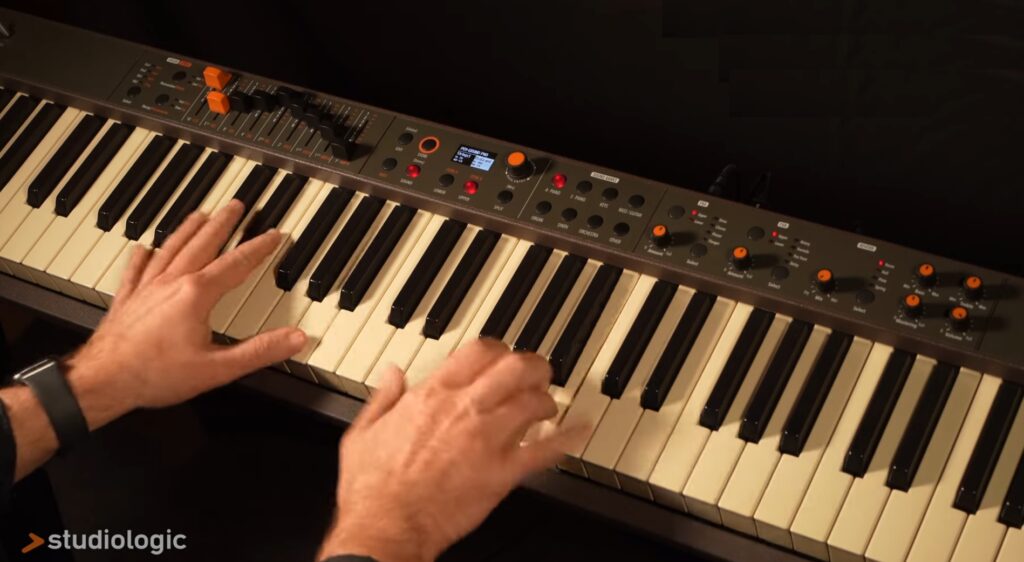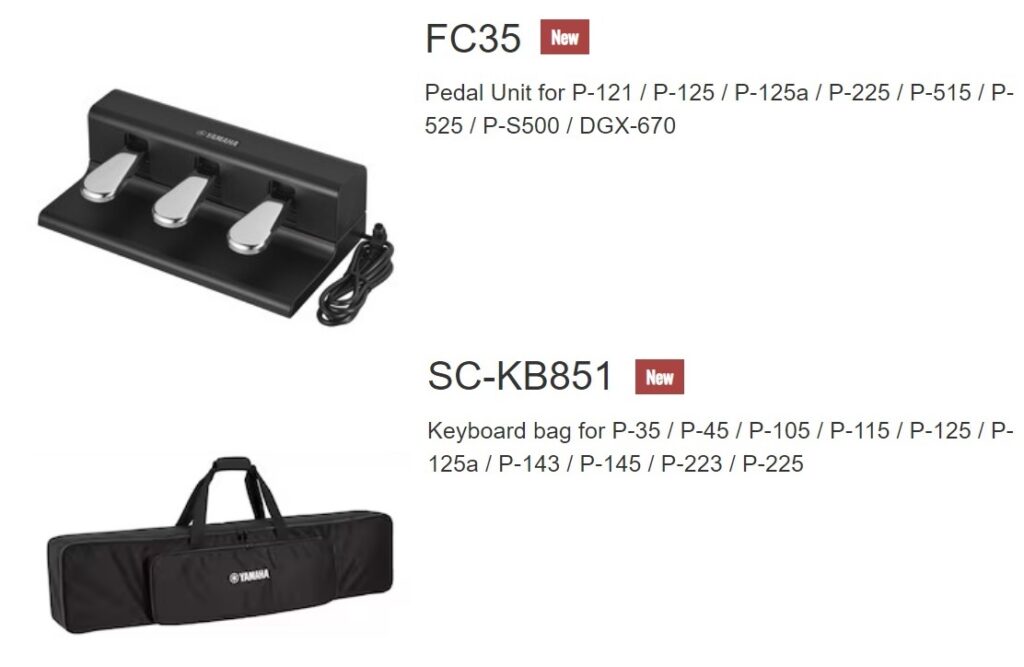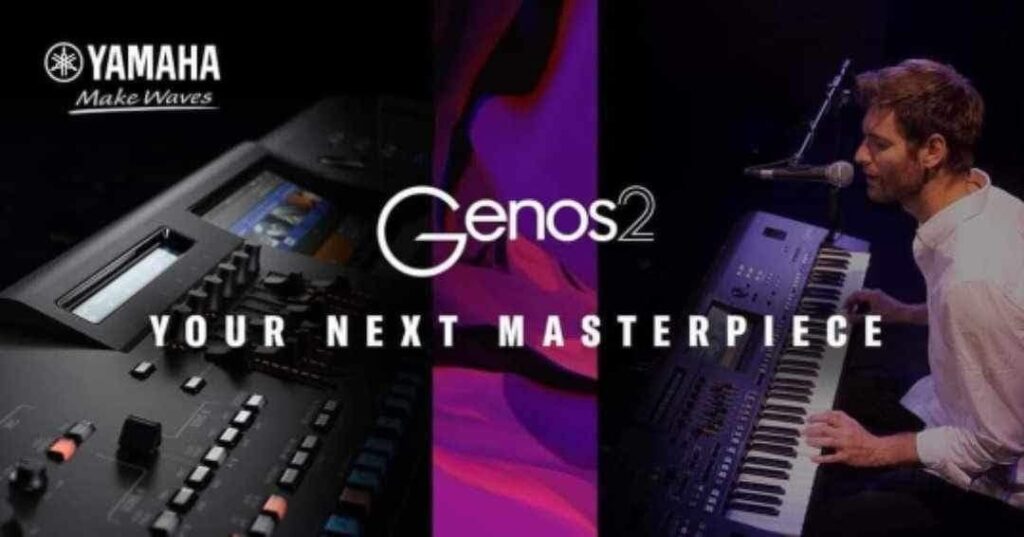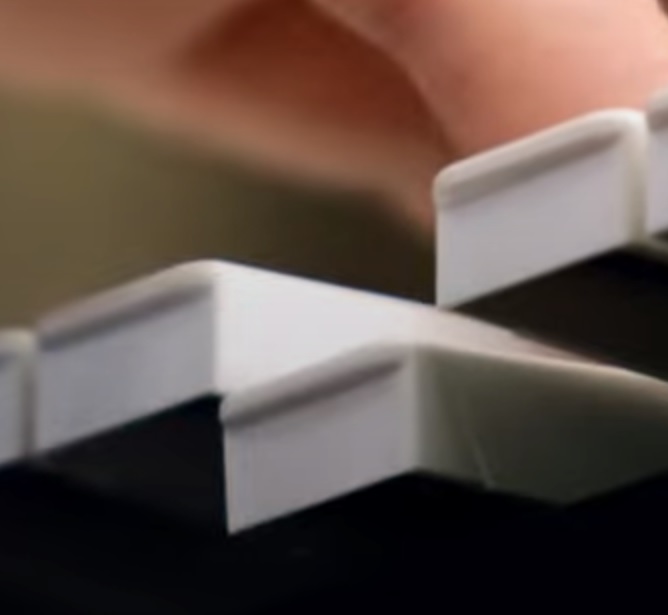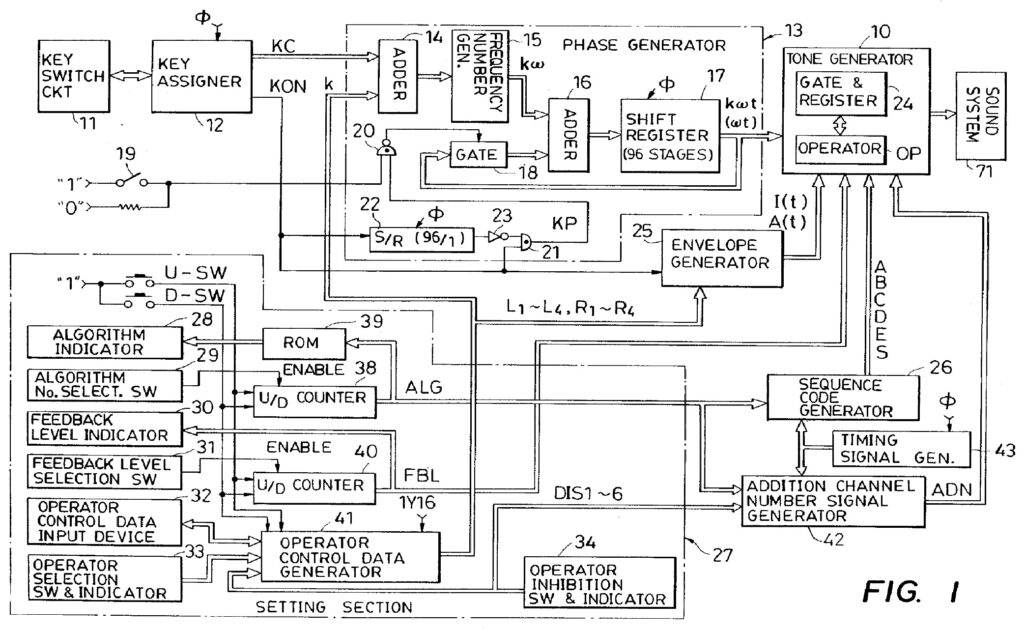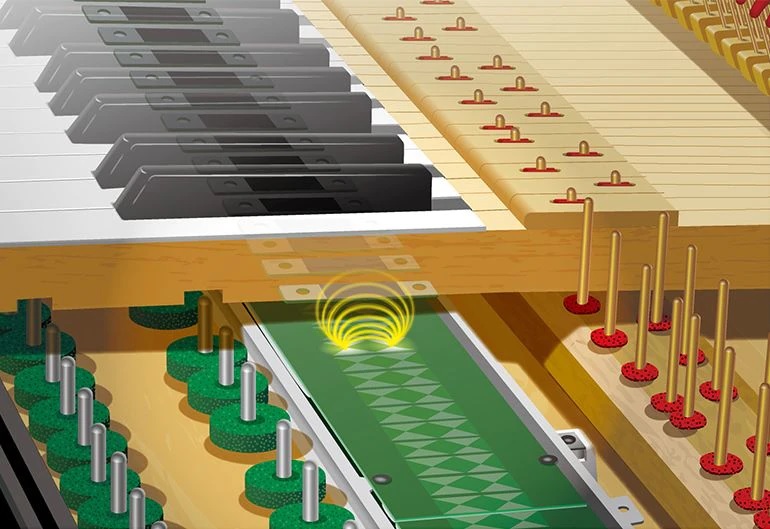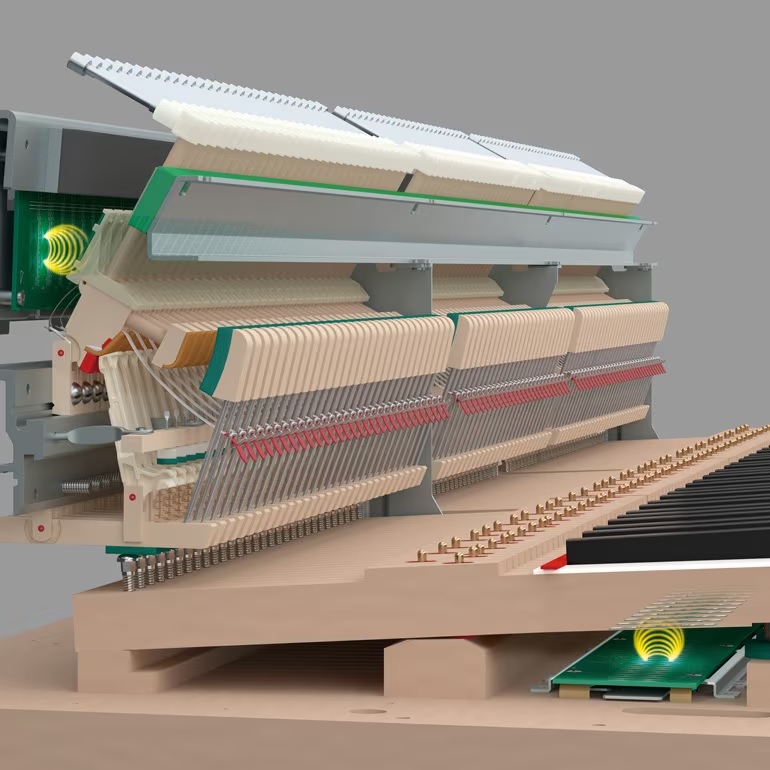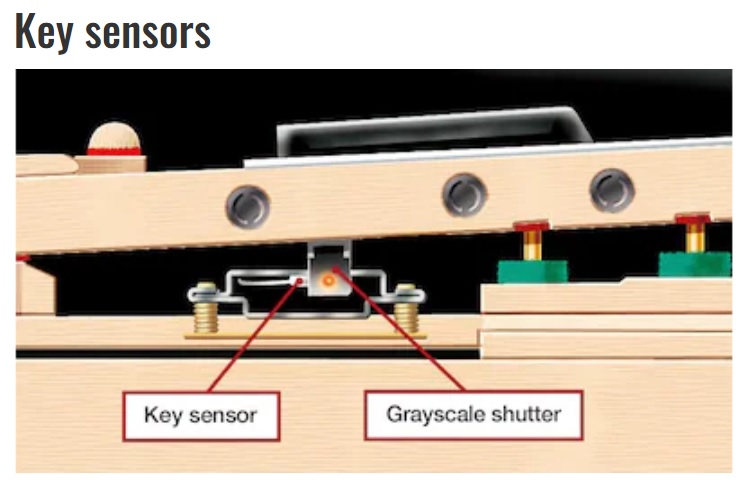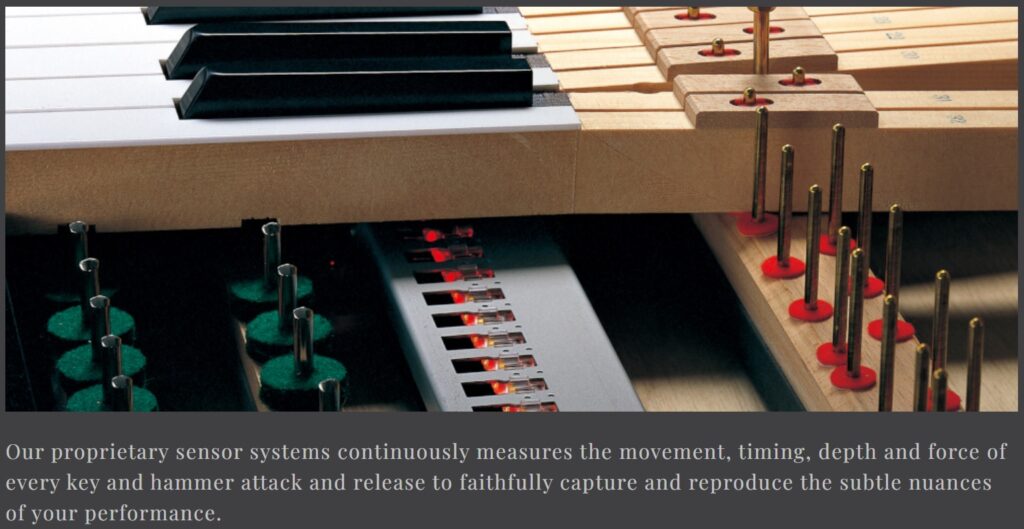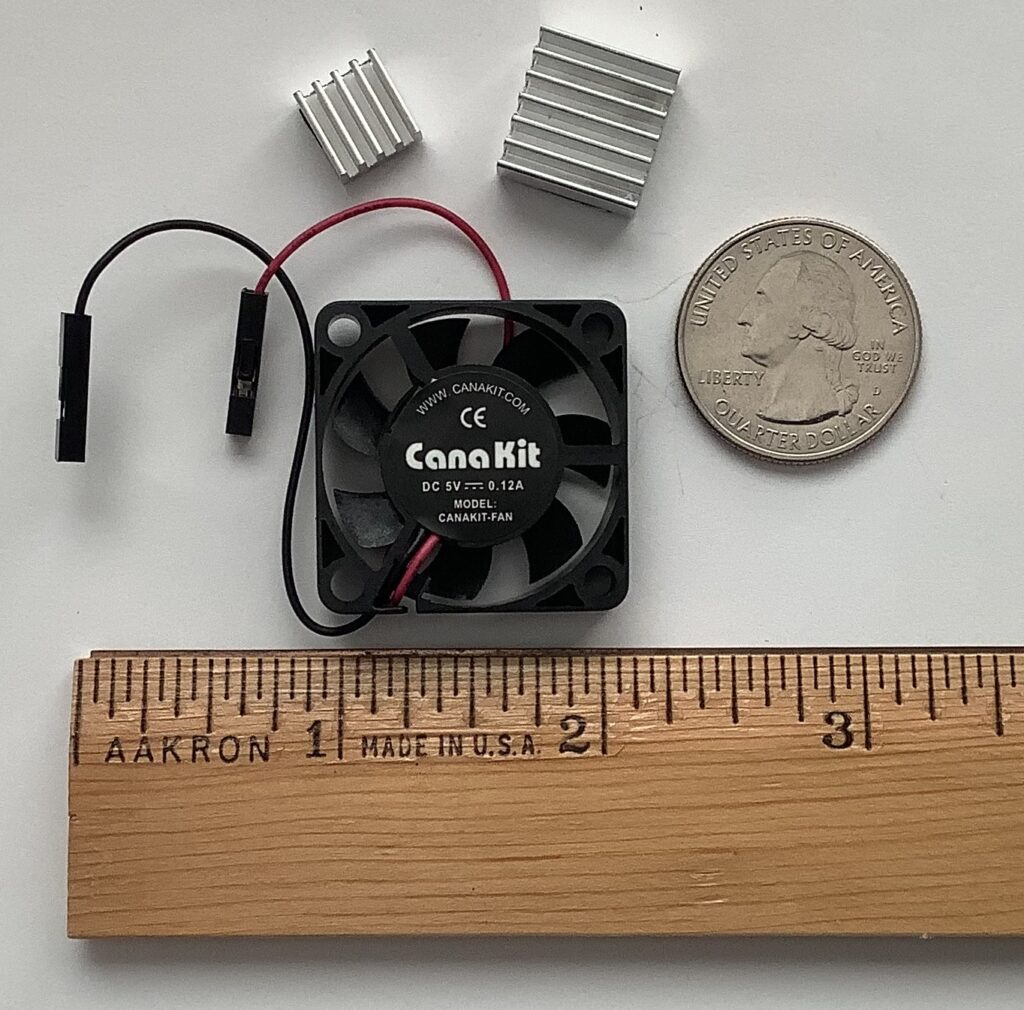Just “Meh”
So far, I’m feeling just “Meh” about NAMM 2024. Last year’s NAMM opened the floodgates of new, post-pandemic product. Among the daikaiju (大怪獣), KORG dominates with the most new releases.
We shouldn’t forget these new toys:
- Nord Grand 2 ($4,500 USD MAP) stage instrument, action by KAWAI
- New Casio Celviano pianos PX-S7000HM, AP-750 ($3,400 USD MAP), AP-550 ($3,000 USD MAP), AP-S450 ($2,000 USD MAP)
- Studiologic Numa Compact SE and Numa Compact X SE (SE $600 USD MAP and X SE $900 USD MAP)
- KORG Grand Stage X and KORG Poetry digital pianos, $3,000 and $2,000 USD MAP, respectively
Both Nord and Casio are collaborating with partners to up the action game — Nord with KAWAI and Casio with C. Bechstein (video).
Studiologic have revamped the Numa Compact product line (new acoustic pianos, tonewheel modeled engine, new rotary effect, chorus and vibrato, new “virtual oscillators” synth engine). These all-rounders look to play against the Yamaha CK series stage instruments. Looks for incentive, clear-out pricing on the older Numa Compact 2 series instruments.
If you’ve been waiting for a new beginner’s keyboard, Yamaha have announced the PSR-E283. Will this appear on the Yamaha NAMM 2024 page later today? 410 instrument voices, 150 auto-accompaniment styles, duo mode for duets and the usual built-in speakers. Yamaha PSR-E283 video tutorial
Akai MPC Key 37?
The day is still young.
Yamaha Montage E.S.P.
I expected to see the Yamaha Montage M Expanded Softsynth Plugin (E.S.P.) today and wasn’t disappointed. There is a new Blake’s take about E.S.P. on the YamahaSynth.com site. Lots of screengrabs.
As this point, E.S.P. is for Montage M owners. You’ll need your coupon code and the Steinberg Download Assistant. E.S.P. requires 10GBytes of free space. Yikes, but it probably needs room for all of the waveforms.
We should start getting field reports about real-world polyphony and so forth. No information on pricing for non-Montage M customers. Here’s the E.S.P. Manual on the Yamaha USA site.
NAMM 2024 Montage M E.S.P. demo video (Blake Angelos) by Sonicstate. E.S.P. is only available to Montage M hardware owners — no software-only retail version. Sorry if you expected a full Montage M on the cheap.
Little things
Although pitched at drummers and percussionists, the No Better Option (NBO) Oneboard provides a way to stash your phone, mini-mixer, tablet and other gizmos while performing. NBO is a boutique vendor who have sold out their original round of Onboards. Register for the next round of pre-orders.
You’ve probably never heard of ROBKOO. They are a Shanghai-based company specializing in electronic wind instruments: the R1 Synthesizer and the Clarii mini digital wind instrument and controller.
The Clarii mini (#300/$400 USD) is about the same size as a clarinet. It fingers like a sax, but fingering can be customized. Synthesis is built-in along with a speaker, screen and Bluetooth MIDI. The Clarii mini has an accelerometer, too, so you can shake it.
The ROBKOO R1 synthesizer is sleeker and has similar specs. The R1 adds RGB lights for pizzazz. Instead of an accelerometer, R1 has an XYZ gyroscope to control expression. The R1 connects with the JamKoo performance app which gives access to internal functions. The R1 is $600 USD — not an impulse purchase, that’s for sure.
Stylophone are going upscale with the CPM DS-2 analog drone synthesizer ($260 USD). The CPM DS-2 will have 2 3340 oscillators, 2 3320 filters, 2 sub-oscillators, 2 LFOs, vintage delay and reverb, and 12 modular patch points. It will be Eurorack compatible. Pre-order at Stylophone.com.
If you ever wanted to strut your stuff like David Bourne and company, check out Walkabout Carriers. “Battery powered, wireless carriers for electronic musical instruments.” Their Web site is under construction, but check back…
Copyright © 2024 Paul J. Drongowski

